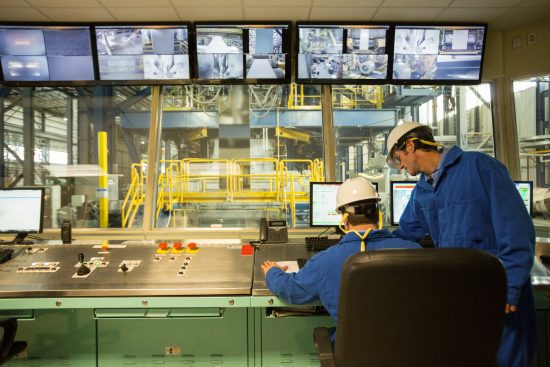The excitement surrounding the fourth industrial revolution or Industrie 4.0 is largely due to the limitless possibilities that come with connecting everything, everywhere, with everyone. The opportunities to improve processes, reduce downtime and increase efficiency through the Industrial Internet of Things (IIoT) is easy to see in manufacturing, an industry heavily reliant on automation and control, core examples of operational technology.
However, as every traveling gadget enthusiast who is forced to carry a host of power chargers knows only too well, connectivity is far from simple. The manufacturing environment is full of connectivity and communication protocols that are not interconnected and often not interoperable.
That’s why convergence and interoperability are critical if this revolution is to live up to (huge) expectations. Convergence means interconnecting the things so communication can occur. Interoperability is the use of standard, complementary communications technologies and processes that ensure machines produced by different OEMs can speak the same language. Industrie 4.0 calls this out.
There are so many types of specialist technologies in use within an increasingly automated manufacturing environment. It would be impossible to fulfill all business requirements, much less continue to innovate, by sticking to one or even a few vendors. Yet the complexity of integrating technologies has seen this happen far too often, stifling progress.
This is precisely why today at SPS/IPC Drives in Nuremberg, Cisco and ten other leading automation and information technology vendors came together on a resolution for an important part of the Automation and Control architecture. See more details on this announcement here.
The group, which includes ABB, BoschRexroth, B&R, Cisco, General Electric, National Instruments, Parker Hannifin, Schneider Electric, SEW Eurodrive and TTTech, is aiming for an open, unified, standards-based and interoperable IIoT solution for communication between industrial controllers and to the cloud.
After much analysis and consideration, this group has agreed upon OPC Unified Architecture’s new Pub-Sub capability over Time-Sensitive Networks (TSN) as the the premier interoperable, industrial machine to machine (M2M) communication protocol. Over the past few years, Cisco has been collaborating with industrial ecosystem partners at the IEEE to create a fundamental enhancement to Ethernet to support the real-time communication requirements of Automation and Control applications. TSN provides all of the open, standard building blocks required to unify communication for industrial automation and it enables the broad convergence of information technology (IT) and operation technology (OT) that is fundamental to realizing the IIoT.
Collectively, we have committed to developing OPC UA over TSN in future generations of our products and in fact first pilots of these products are already being tested. Far from being an exclusive club, other companies are welcome to join and contribute to the collaboration that share this common vision of unified communication between industrial controllers and to cloud.
At Cisco, our mission of helping companies seize the opportunities of tomorrow by proving that amazing things can happen when you connect the previously unconnected makes this initiative vital. Visit our website to learn more about how we, along with our partner ecosystem, are working to deliver the future of manufacturing today.
Admiring the persistence you put into your blog and in depth information you present.
It’s awesome to come across a blog every once in a while that isn’t the same unwanted rehashed information. Great read!
I’ve saved your site and I’m adding your RSS feeds
to my Google account. http://google.com